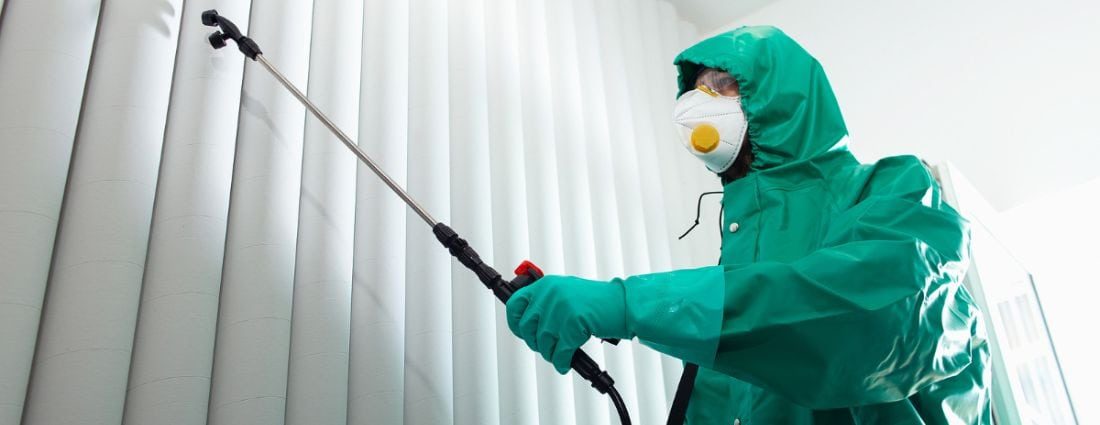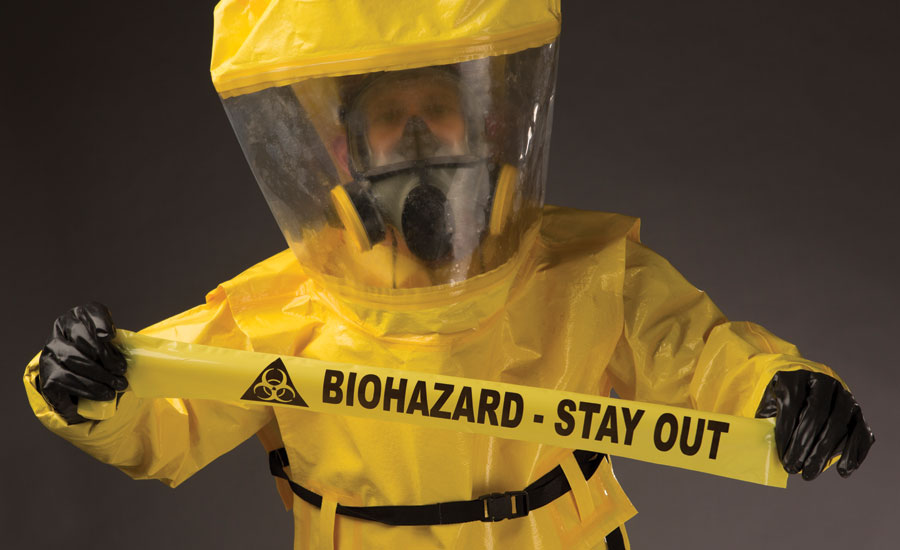Specialist Biohazard Cleansing and Purification for Blood, Bodily Fluids, and Hazardous Products
In the world of biohazard cleansing and decontamination for blood, bodily liquids, and unsafe products, accuracy and experience are extremely important. The prospective health and wellness risks linked with direct exposure to biohazards underscore the critical requirement for careful handling and extensive cleanup. Specialized training outfits experts with the knowledge and abilities required to address these harmful scenarios properly. Nevertheless, it is not merely concerning tidying up; the relevance of utilizing correct purification techniques can not be overemphasized. As we browse the complex landscape of biohazard cleanup, comprehending the subtleties of policies, conformity, and the specialized tools at play becomes imperative in making sure a thorough and risk-free purification process.
Health And Wellness Dangers of Biohazard Direct Exposure
Direct exposure to biohazards poses considerable health threats that can result in serious effects for individuals and communities alike. Biohazards include a large range of biological substances, consisting of blood, physical fluids, mold, microorganisms, infections, and various other possibly transmittable products. When individuals enter call with these biohazards, whether via mishaps, incorrect handling, or ecological exposure, they deal with the danger of contracting major ailments or conditions.
Among the main health and wellness dangers connected with biohazard exposure is the transmission of transmittable conditions. Bloodborne virus such as HIV, liver disease B and C, and different bacteria can be present in biohazardous products, posturing a straight hazard to human health. Inhaling air-borne biohazards like mold and mildew spores or entering contact with contaminated surfaces can additionally bring about respiratory system concerns, allergies, and other unfavorable health and wellness results.
Additionally, biohazard exposure can have lasting health and wellness implications, with some illness manifesting years after the first call (Blood Cleanup). Therefore, it is critical to prioritize appropriate biohazard cleaning and purification to reduce these health threats and make sure the safety of areas and individuals

Specialized Educating for Biohazard Cleaning
When it concerns taking care of biohazard cleanup effectively and securely, specialized training plays a fundamental function in making certain appropriate purification procedures are complied with. Biohazard clean-up calls for specific understanding and abilities to effectively alleviate threats related to bloodborne pathogens, bodily liquids, and unsafe materials. Professionals educated in biohazard cleaning undergo extensive guideline on how to safely deal with, get rid of, and deal with biohazardous products to protect against contamination and exposure.
Specialized training for biohazard cleanup covers a variety of necessary subjects, consisting of correct individual safety equipment (PPE) usage, bloodborne pathogen awareness, decontamination strategies, and harmful waste disposal procedures. People learnt biohazard clean-up are furnished with the essential know-how to examine contamination degrees, determine prospective risks, and execute suitable cleanup treatments in conformity with regulative requirements.
Continuous training and education are paramount in the area of biohazard cleaning to remain updated on the most up to date decontamination technologies, safety and security methods, and guidelines. By buying specialized training, biohazard cleaning experts can successfully respond to emergency situation clean-up scenarios and safeguard both public wellness and the environment.
Importance of Appropriate Purification Strategies
Utilizing correct purification strategies is critical in biohazard clean-up to successfully eliminate dangerous products and reduce health and wellness dangers. Efficient purification not only ensures the elimination of noticeable traces of blood, physical fluids, and other biohazards yet additionally targets invisible virus that might pose significant wellness threats otherwise appropriately eliminated. By complying with stringent decontamination protocols, educated specialists can substantially reduce the danger of direct exposure to harmful bacteria, infections, and bacteria that might bring about illness or infections.
Correct decontamination strategies involve the use of specific tools and disinfectants that are specifically created to counteract biohazards effectively. Detailed cleaning and disinfection of infected locations are important to protect against the spread of virus and ensure a risk-free atmosphere for owners. Additionally, the appropriate disposal of biohazardous waste adhering to purification procedures is essential in stopping contamination of various other surface areas or people.

Tools and Devices for Safe Cleanup
When dealing with blood, bodily liquids, or unsafe materials, biohazard cleaning professionals depend on specialized gear to minimize exposure threats and thoroughly decontaminate the damaged location. Additionally, biohazard cleansing packages containing anti-bacterials, absorptive materials, and biohazard bags are used to safely dispose and contain of polluted Recommended Site items.
Advanced cleansing tools like hospital-grade anti-bacterials, HEPA-filtered vacuum cleaners, and fogging devices are used to sanitize surface areas and get rid of biohazards efficiently. Specialized equipment such as sharps containers and biohazard garbage disposal containers are used to securely take care of sharp things and biohazardous waste materials. By utilizing the ideal equipment and devices, biohazard cleaning professionals can make sure an extensive cleaning procedure that focuses on safety and security and minimizes health risks for both workers and residents of the afflicted area.
Rules and Compliance in Biohazard Cleaning
Proper adherence to policies and compliance requirements is vital in biohazard cleaning to guarantee the security of both workers and the atmosphere. Government agencies such as OSHA (Occupational Safety and Health And Wellness Administration) and the EPA (Epa) have developed details standards for biohazard clean-up procedures to reduce health threats and ecological contamination. These guidelines cover a range of aspects including the handling, transport, and disposal of biohazardous products, in addition to the required training and protective you could try these out tools needed for workers involved in the cleaning procedure.
Biohazard cleaning firms have to stay current with these laws to ensure that their operations fulfill the needed safety criteria. Failing to adhere to these regulations can cause serious consequences, consisting of penalties, legal activity, and threatening the health of people and the atmosphere. By adhering to rigid regulations and conformity steps, biohazard cleansing business can effectively minimize risks and make sure a thorough and secure cleaning process for all events included.
Verdict
Finally, biohazard cleansing and decontamination need specialized training, appropriate strategies, and adherence to policies. Direct exposure to blood, bodily fluids, and unsafe materials presents substantial health dangers, making it crucial to utilize the ideal equipment and tools for risk-free cleaning. By following strict procedures and standards, professionals can visit efficiently alleviate the threats related to biohazard exposure and make sure the safety and security of both themselves and others.
As we navigate the elaborate landscape of biohazard clean-up, comprehending the subtleties of laws, compliance, and the specialized devices at play ends up being essential in making sure a extensive and safe purification procedure. (Blood Cleanup)
When it comes to handling biohazard cleanup successfully and safely, specialized training plays a fundamental role in ensuring proper decontamination procedures are followed.Utilizing proper decontamination techniques is crucial in biohazard cleanup to effectively eliminate harmful products and decrease health threats. Furthermore, biohazard cleaning packages containing anti-bacterials, absorptive materials, and biohazard bags are used to safely contain and get rid of of contaminated items.
Government agencies such as OSHA (Occupational Safety And Security and Health Administration) and the EPA (Environmental Defense Firm) have actually established particular guidelines for biohazard cleaning treatments to decrease health and wellness threats and ecological contamination.